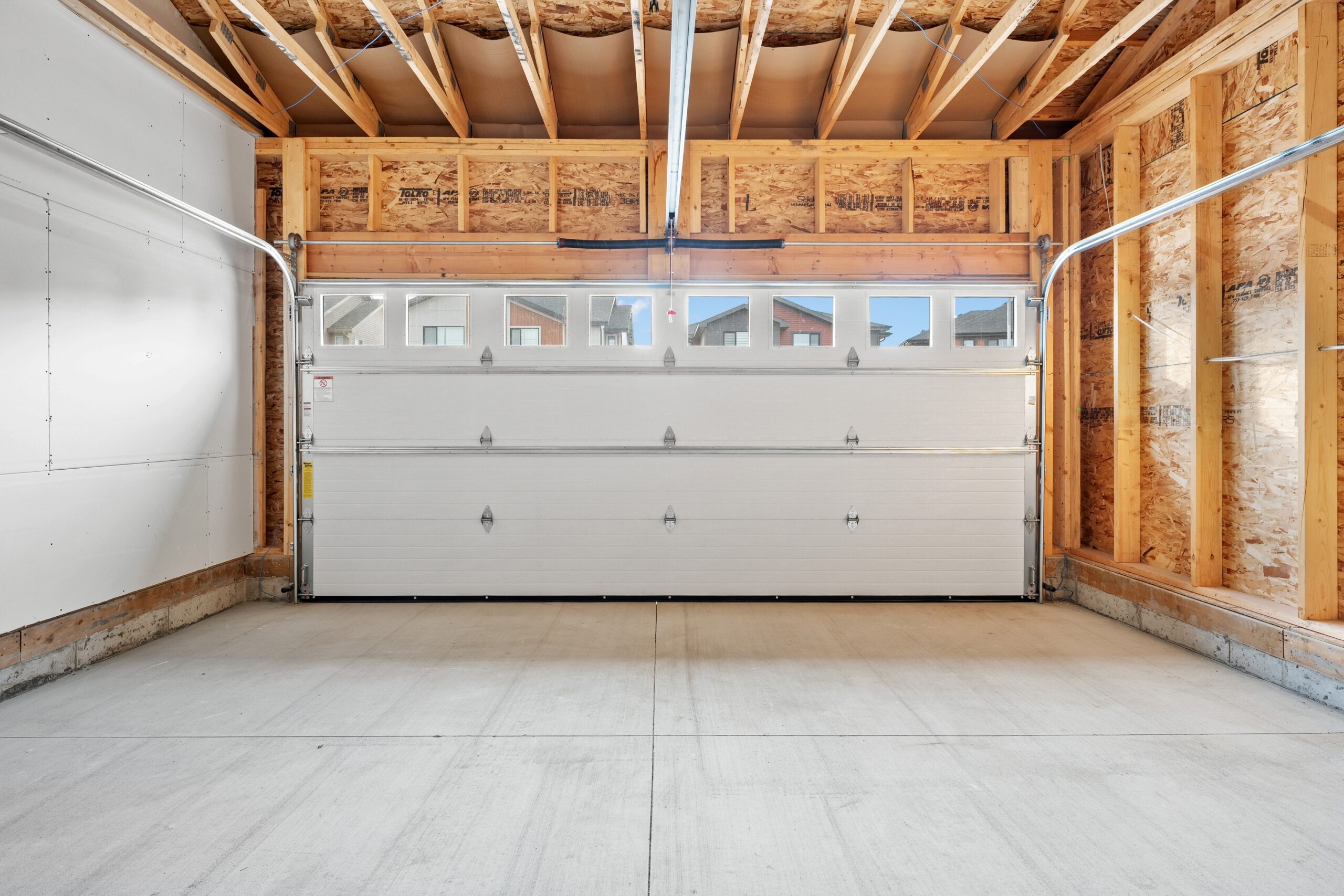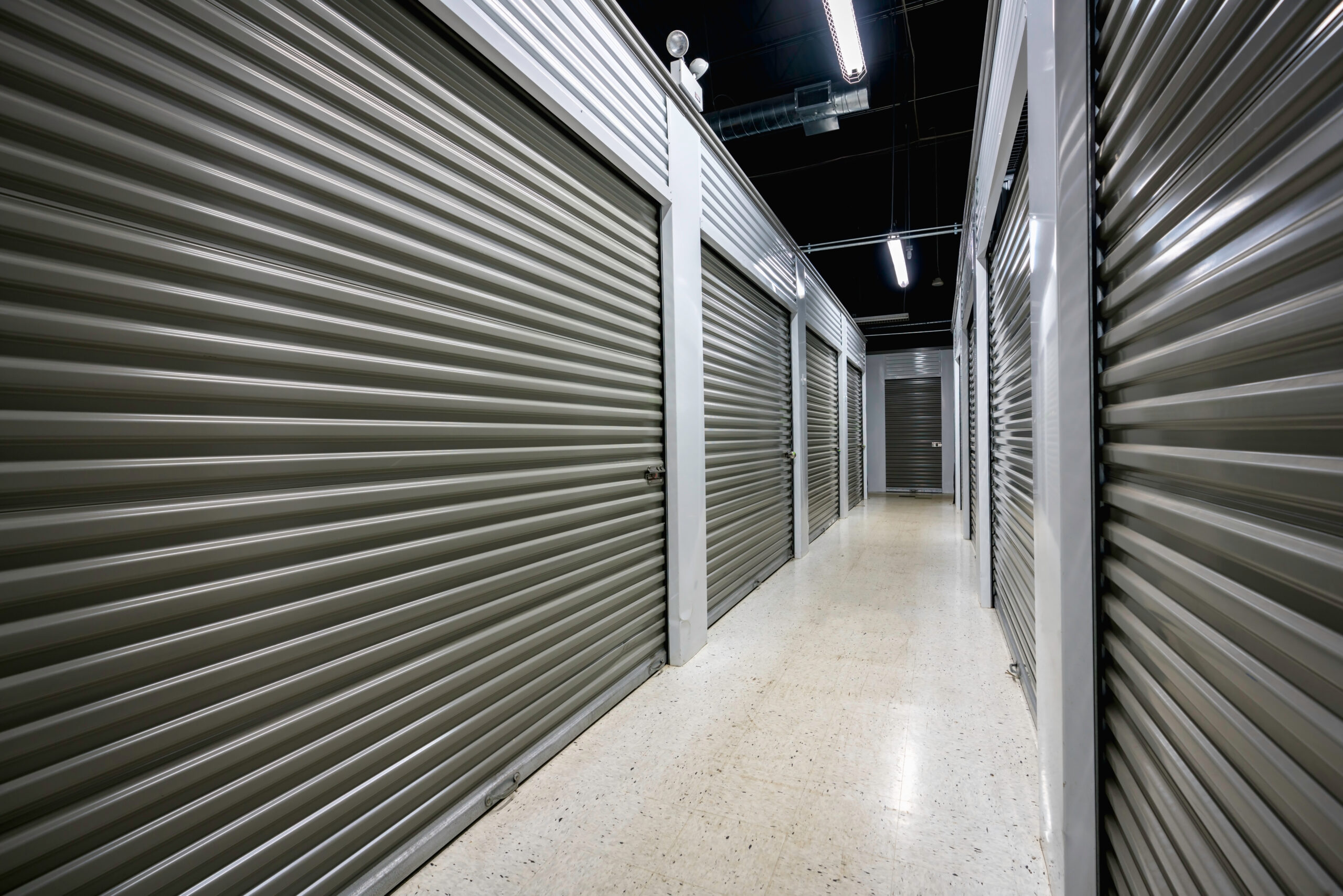Many guides for choosing the right storage unit mention location, size, price, and accessibility–all important considerations.
But there’s another detail that you should weigh on before renting a self-storage unit, and that’s storage facilities with climate control.
Storing furniture in a non-climate-controlled unit is more like stashing it in your garage, and some of your things might not do well with temperature fluctuations between the summer months and cold temperatures.
And it’s not just furniture. Do you know what happens to electronics or books when they sit in damp or chilly weather conditions for too long? Nothing good, that’s for sure.
But then again, not everything you store needs special treatment, so that’s what we’re here to shed light on: Is climate-controlled storage necessary for your belongings, or can you do just fine with a standard storage unit? We’ll explore the pros and cons of each.
We’ll also explain how Storage.com’s search tool makes it easy to narrow your search results down to the specific, affordable self storage facilities in your area that match your needs.
If you’ve ever wondered, “Do I need a climate control storage facility?” this one’s for you.
What Is Climate-Controlled Storage?
Climate-controlled storage (vs heated storage) keeps your temperature-sensitive items at a consistent temperature and humidity levels, no matter what damaging weather conditions are happening outside.
Climate-controlled storage spaces are specifically designed to protect your belongings from temperature extremes.
- The thermostat in these units usually hangs out between 55 and 80 degrees Fahrenheit. This means that neither the extremes of summer nor the harsh cold of winter can impact your stored items.
- Climate-controlled units offer balanced, humidity-controlled storage, so your stuff doesn’t warp or grow mildew during humidity fluctuations outside. The typical range here is 30-50%.
Pros and Cons of Climate-Controlled Storage
We mentioned benefits like constant temperatures and humidity-controlled storage for your delicate or high-value items. Now let’s take a look at the pros and cons of climate-controlled storage spaces:
Pros of climate-controlled facilities:
- Protection from extreme temperatures is essential for things like wood furniture and musical instruments. These and other fragile items are prone to warps and cracks and tend not to fare well with extreme temperature fluctuations.
- The air temperature in climate-controlled units is constant as the air continuously circulates, maintaining a fresh and consistent environment. These air-conditioned storage units make all the difference for paper items like your favorite books, comic books, and paper documents.
- Indoor storage units are well-sealed, keeping out dust, pollen, and even pests. So, you won’t find unexpected visitors building a home out of your fragile belongings.
- In addition to regulating the normally unchecked humidity, humidity control also maintains a low and consistent moisture level.
- Climate control protects your sensitive items from damage caused by excess moisture or drying out. High humidity can lead to mold and mildew. And you know how dry winter air can make your skin crack–imagine what that does to wood or electronics!
Cons of climate-controlled spaces:
- Climate-controlled units typically cost more than standard units.
- Not all storage facilities offer climate-controlled options, especially in smaller towns or rural areas. And climate-controlled self-storage units sometimes have limited availability or a waiting list.
- Most climate-controlled units are inside buildings with indoor-only access, making loading and unloading more of a hassle. Indoor storage units typically mean you have to walk a longer distance from parking.
- The high energy consumption of maintaining humidity control and a consistent temperature range year-round causes an environmental impact.
When Do I Need Climate-Controlled Storage?
Got some delicate items, collectible items, or cold-sensitive items you’re not sure where to keep? A climate-controlled environment might just be the right answer for storing temperature-sensitive items of all sorts. As a rule of thumb, opt for climate control when:
- You’re storing anything that can warp or get damaged by extreme heat, cold, or humidity. Not everything can handle the roller coaster of cold winter air and the scorching heat of summer.
- Your items are valuable, not just in dollars, but in sentiment too — some things are just irreplaceable: family heirlooms, your favorite guitar, or that collection you’ve been adding to since you were a kid.
To make it easier, here’s a quick list to consider (mind that it’s not exhaustive):
- Antiques and furniture
- Musical instruments
- Mattresses (because no one likes a musty bed)
- Clothing, especially lace or leather
- Books and magazines
- Electronics and household appliances
- Important documents and photographs
- Upholstered furniture and rugs
- Vinyl records and DVDs
What Is Non-Climate-Controlled Storage?
Now, let’s step over to the non-climate-controlled side of things.
With a nonclimate-controlled storage unit, you’re not exactly letting your common items brave the elements, as they have a roof over their heads, a locking door, and four walls–all of which serve as a layer of protection.
But your more sensitive belongings will surely feel extreme weather conditions and fluctuations in both temperature and humidity.
Nonclimate-controlled storage units are just like an offsite shelter, shed, or garage. If it’s hot and sticky outside, it’s likely going to be hot and sticky inside. Cold outside? Same deal in the unit, following the beat of nature.
Your things are protected from rain, snow, and wildlife but not from the effects of extreme temperatures.
Pros and Cons of Non-Climate Controlled Storage
There’s a time and a place for everything, including traditional storage units. Let’s take a look at the pros and cons of non-climate-controlled storage facilities.
Pros of non-climate-controlled storage units:
- Non-climate-controlled units tend to be more wallet-friendly, often priced 25-40% cheaper than their climate-controlled counterparts. That’s no small change, especially if you’re storing items that don’t need special conditions. I mean, if you’re storing common items that aren’t affected by temperature or humidity, why pay extra?
- Standard storage facilities are more readily available, as they’re in lower demand.
- Traditional storage units without climate control come in a variety of sizes and types. These types include outdoor-facing and drive-up storage facilities that are much easier to access, especially when you’re loading and unloading heavy gear.
Cons of non-climate-controlled storage units:
- Units experience the full range of outdoor temperatures, which can be damaging to sensitive items.
- No moisture control creates humidity issues, including mold, mildew, and rust problems, especially in humid climates. Rapid temperature changes can also cause condensation, another corrosive risk. Not to mention, humidity fluctuations can cause weird odors and smells to develop.
- Traditional storage units are less sealed and weatherproof than climate-controlled units, allowing more dust and debris to intrude on your storage space and contaminate your stuff. The less rugged sealing also allows insects and rodents to get into your unit more easily.
- If you’re storing antiques, electronics, musical instruments, and other sensitive items, your storage facility may require additional preparation and maintenance during extreme weather seasons
- Materials like wood, leather, and fabric may crack, warp, or deteriorate faster, reducing the lifespan of many of your possessions. This means your items need you to inspect and clean them more regularly during periods of long-term storage.
What Can I Store In a Non Climate-Controlled Storage Unit?
Not everything needs the VIP treatment of climate control. In fact, for many items, a standard storage unit does the trick just fine, for instance, If you store items that aren’t affected by temperature swings and humidity changes.
Some stuff just doesn’t care if it’s hot or cold, wet or dry. Suppose you’re looking for a more budget-friendly option. Because, let’s face it, saving money where you can is always a good plan.
So, what kind of items are we talking about? Here’s a list of things that are just fine in a non-climate-controlled environment:
- Gardening tools like shovels and rakes
- Cars and boats — they’re used to being outside, but don’t forget to winterize them
- Kitchen utensils like spoons, knives, and mugs
- Holiday decorations — they’ve seen worse in your attic or basement
- Patio furniture — it’s built tough for the outdoors
- Adhesive tape and labels — they stick with you through thick and thin
How to Choose the Right Storage Unit Facility
So, what’s it going to be, climate-controlled storage or not? Here’s a quick checklist:
- Assess your items and ask yourself: Can they get damaged by humidity or temperature changes? If you answered yes, lean towards climate control.
- Think about how long your stuff will be stored. A few weeks or months, or is this a long-term situation? The longer your items are stored, the more likely they’ll encounter harmful environmental changes.
- Consider your climate — Is it hot and humid in the summer and freezing in the winter? If your area goes through extreme weather changes, then climate-controlled storage it is!
- Are you storing items that are irreplaceable or have high sentimental value? Climate control is a safer bet; why risk it?
What other features do storage units near me have?
With the climate-control decision out of the way, there are other features to look for when choosing a storage facility. For instance, how easy it is to move your stuff in and out and how safe they are in there.
- Think about the equipment and layout. Facilities that offer dollies and carts can save your back and time.
- How close can you park to your unit? The less distance you have to cover, the better.
- Access hours matter a great deal, especially if you’re an early bird or a night owl. 24-hour access is a plus but not always necessary. Just make sure you won’t be left in the lurch when you need something.
- Security and safety are not to be overlooked, and make no mistake: A secure facility means more than just locked gates. Are you feeling safe when you visit it? For extra peace of mind, look for on-site staff, digital video surveillance, alarms, and good lighting.
Climate-Controlled Storage vs Non-Climate-Controlled: How Storage.Com Can Help You Choose
Alright, we’ve taken a pretty good tour of the ins and outs of storage units and climate control, haven’t we?
In the end, choosing between traditional storage and climate-controlled units boils down to making sure those items in storage are just as you left them, whether you come back for them in a month, a year, or even longer.
The last thing anyone wants is to open their storage unit and think, “Gee, I really should’ve gone for that climate-controlled option.” Sure, those units might cost a bit more, but think about it this way: isn’t it better than having to replace your precious or heartfelt items because they didn’t like the weather?
And don’t forget to consider other storage facility features that may be important to you, like 24-hour access and security cameras.
But after you’ve mulled over everything we’ve talked about and made your decision, how do you find the storage unit that has all the features you need?
Don’t fret–Storage.com is here to help.
Storage.com is a browse-and-compare website for renting and reserving self-storage units. Just punch your zip code into our handy Storage.com search tool, and you’ll see what we mean.
We’ll filter through the thousands of local storage facilities across the U.S. listed on our site for you, making it easy to find the storage unit that best fits your storage needs.
Whether you’re looking for a storage unit with climate control or electricity or storage for your car or RV, Storage.com makes the process quick and painless.
All you have to do is choose a storage unit and your move-in date, and we’ll take care of the rest. If you ever have any questions, our storage representatives are just a phone call away!
FAQs
Is climate control worth it for storage?
Climate control is worth it for storage when you’re storing items that are sensitive to temperature and humidity fluctuations. Choose climate-controlled storage for valuable or irreplaceable items that can warp or be damaged by extreme conditions, such as furniture, electronics, paper documents, photographs, and vinyl records.
What is climate control in storage?
Climate control storage facilities maintain consistent temperature and humidity levels regardless of outside weather conditions. In a climate-controlled unit, the temperature is kept between 55F-80F, humidity is controlled within a range of 30-50, and the air is continuously circulated to keep it fresh.
Can you sleep in a climate-controlled storage unit?
No, you can’t sleep in a climate-controlled storage unit. Storage units are designed, permitted, and marketed exclusively for storing belongings, not for human habitation. Using a storage unit as living space would violate rental agreements and, depending on where you live, local housing laws.
How much does a 20×20 storage unit cost per month?
A large, 20′ x 20′ storage unit costs between $450 and $600 per month, depending on the location, accessibility hours, security features, and whether or not the unit is climate-controlled.






![The Ultimate RV Packing List & Checklist [Printable]](https://blog.storage.com/wp-content/uploads/2025/08/shutterstock_2490234073-e1756329334567.jpg)